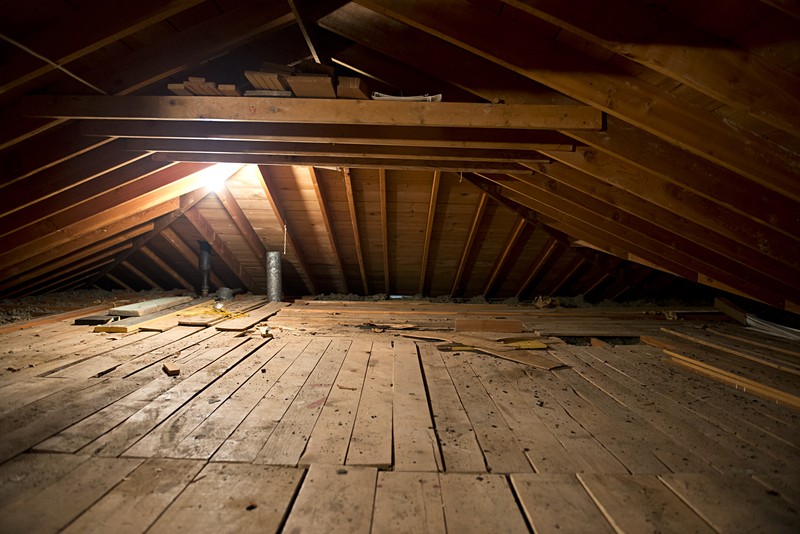Many preppers know how important living off the grid can be, especially if a disruptive event occurs. Living off the grid will prepare you best for life without electricity and the other conveniences that many of us get used to. Though, surviving a difficult winter can be tricky. However, if you know this incredibly easy way to keep your warm home for not much money you and your family can stay plenty warm no matter what the situation is.
Supplies Needed For This Epic Project:
- Mask – If you have loose, blown in insulation I highly recommend the 3m changeable filter mask.
- Long Pants
- Long Shirt
- Gloves
- Glasses
- Spray foam – I used 8 Great Stuff and 1 Daptex because I had it.
- Possibly:
- Caulk Gun
- Fire Caulk
- Utility Knife
- Scrap metal (flashing, drip edge, recycled scrap)
- Foam Insulation Board or Recessed lighting Covers
- Self stick weather stripping
- 2 Draw Hasps (for attic hatch)
- A few pieces of scrap wood to sit/lay/stand on.
Hot air rises and carries with it dust particles that find their way into your attic. Your insulation acts as a filter and traps this dirt. You will be able to spot leaks by finding dirty insulation. This will be on insulation that sits on the attic floor. I was skeptical at first – until I found an unusual amount of dirty insulation all over my attic. Places to look: the tops of walls, drilled electrical wire holes, electrical outlet boxes for lights, pipes, recessed lighting, bathroom vent fan, chimney flashing, dropped soffits over lighting, cabinets, and slanted stairway access.
Look for the interior wall top plates. Start in one corner and work your way out. Find the dirty insulation and follow it. Push it out of the way. Follow the gaps with a good bead of spray foam.
Find the lighting electrical box for each room and cover it with a dose of spray foam. Find Electrical wires that are penetrating the ceiling. Stick the spray foam nozzle in the hole with it and give it a quick squirt.
Recessed lighting can be tricky. They come in two types – IC (insulation contact) and Non-IC (non insulation contact) It is a fire hazard to have insulation on non-IC fixtures. Unfortunately I had halogen non-IC lights. Basically I had 4 large holes in my living room that not only did not have any insulation on them and were not air tight to the ceiling. If you have a situation like me you can build or buy recessed lighting boxes. I built mine out of R-10 foam board. You need to leave at least 3 inches on all sides of the light. So if you have a 4 inch wide by 8 inch tall light you would 10x10x11 box. Notch a hole for your wire and spray foam around the bottom and any gaps in the box.
The bathroom vent fan is an anomaly. Many people don’t pay much attention to them. Most are installed incorrectly, don’t work properly, leak air and let hot air into your house.
Helpful Notes:
They must be vented to the outside – and not just dump into the attic. This causes moisture issues when they run. It also allows the hot air in the attic to be pushed into the bathroom through the vent tube when not in use. Since my house is brick with no access to the soffits I vented mine to the gable vent. Typically they are vented through the exterior wall or the soffit.
Vent pipes need to be insulated. My bathroom vent fan had a flimsy short plastic dryer like vent hose attached to it. It had no insulating value. So even if it was vented properly (which mine was not) summer heat would penetrate into the bathroom through the vent tube. My suggestion is to buy some insulated duct work from a HVAC supply house. In theory you need as much R value as your attic floor. I picked up some R10 and I plan to wrap it in additional insulation at a later date. This same principal should be applied to your AC duct work if you AC unit Is in your hot attic.
Like recessed lighting bathroom vent fans need a sealed box. Measure and build one out of foam. Leave room to attach your vent. Hit the gaps with the foam.
Many people forget about their attics when winter arrives. However, as you can see this is a really easy and efficient way to make sure your home stays as warm as possible.
As long as you make sure all the leaks are sealed up properly, your home will stay warmer than you ever expected. Then you won't have to worry so much about the frigidly cold winter you may be faced with when living off the grid.
To learn more information about ways to keep your home warm during the winter, please visit Instructables.
